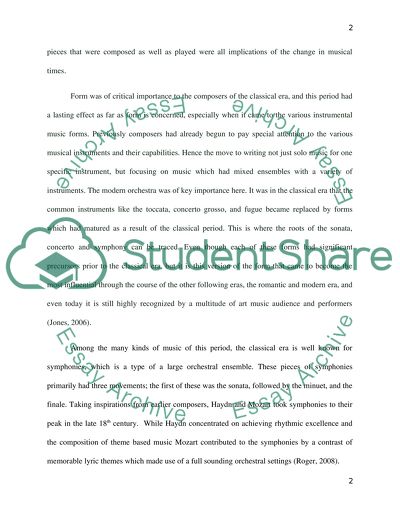Cite this document
(“Classical Period and Romantic Period Research Paper”, n.d.)
Classical Period and Romantic Period Research Paper. Retrieved from https://studentshare.org/music/1447723-classical-period-and-romantic-period
Classical Period and Romantic Period Research Paper. Retrieved from https://studentshare.org/music/1447723-classical-period-and-romantic-period
(Classical Period and Romantic Period Research Paper)
Classical Period and Romantic Period Research Paper. https://studentshare.org/music/1447723-classical-period-and-romantic-period.
Classical Period and Romantic Period Research Paper. https://studentshare.org/music/1447723-classical-period-and-romantic-period.
“Classical Period and Romantic Period Research Paper”, n.d. https://studentshare.org/music/1447723-classical-period-and-romantic-period.


